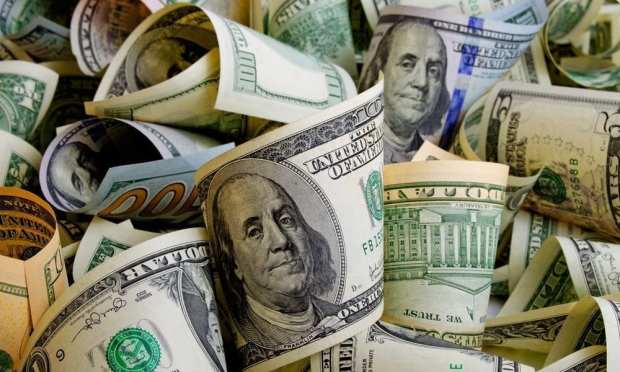New Wealthfront Cash Accounts Bring In $1B Since Feb

Wealthfront’s new cash accounts have brought in $1 billion in customer deposits since the company launched the offering in February. The accounts give customers a higher-than-average, 2.24 percent interest rate. Now, because of the company’s billion-dollar achievement, Wealthfront is raising the interest rates to 2.29 percent.
“Once we passed $1 billion dollars in deposits, we were able to get cost savings and pass that directly down to our clients,” Wealthfront Founder Dan Carroll told CNBC. “You really have to go above and beyond to actually earn clients’ trust in the banking system.”
The rate now surpasses Goldman Sachs’ Marcus, which offers a 2.25 percent yield on its savings accounts. In addition, Ally Bank and Barclays have high-yield offerings that earn 2.2 percent. Of course, those more than beat the national average on checking accounts, which is currently at a 0.08 percent interest rate, while money market accounts return an average 0.21 percent.
In addition, Wealthfront works with FDIC-insured partner banks — including East West Bank, New York Community Bank and others — to hold customers’ deposits. Since the firm partners with multiple banks, the deposits are insured up to $1 million.
Wealthfront launched as a company that offered financial planning, investment management and lending through its portfolio line of credit. It now manages $13.5 billion in customer assets, and the cash accounts were created to complement the planning and investing programs. There are also plans to launch direct deposits and a debit card by the end of the year.
Carroll said the multitude of deposits came from existing customers, as well as new users who “had enough” with the low interest rates offered by their existing banks.
“As FinTech and client-friendly companies come into the banking space, there’s been a rude awakening,” he said. “Consumers are fed up.”
As for its long-term strategy, Wealthfront wants to automate the investing and banking process in what it calls “self-driving money.”
